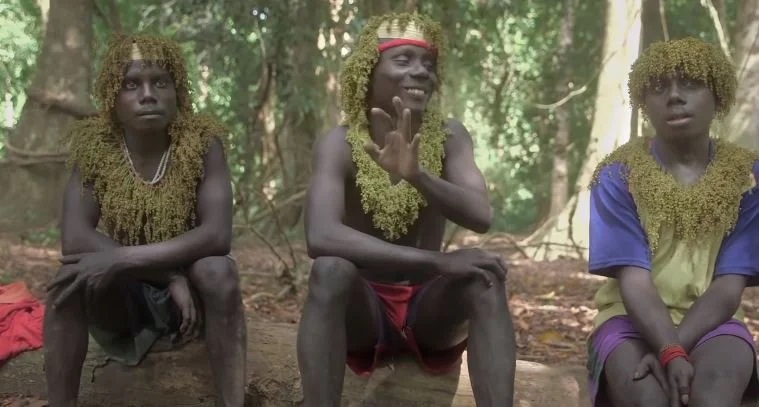Know about Jarawas tribe origin, facts, history, Religion: The Jarawas are an indigenous tribe located in the Andaman Islands of India. They have lived in these islands for centuries and continue to maintain their traditional lifestyle and culture. The Jarawas are hunter-gatherers, relying on fishing, hunting, and gathering as their primary sources of food. Traditionally they live in small bands that move around the island from place to place according to seasonal changes, making temporary shelters along the way.
They also practice slash-and-burn agriculture by clearing patches of land with fire to grow banana plants or other crops when necessary. Despite government efforts to protect them from outside influences, there is a growing concern about the future of this ancient tribe due to increasing contact with outsiders and modern development encroaching on their habitat.
Know about Jarawas tribe origin, facts, history, Religion

Know about Jarawas tribe origin, facts, history, Religion
1. The Jarawas tribe is an indigenous ethnic group in India, located in the Andaman Islands of the Bay of Bengal.
2. It is estimated that there are about 350-400 individuals left from this tribe, making it one of the most vulnerable tribes in the world.
3. The Jarawa language belongs to the South-Central Nicobar language family and is considered to be a distant relative of Sanskrit by linguists.
4. Traditionally a hunter-gatherer society, Jarawas have lived in the same area for thousands of years, relying on forests for their subsistence needs such as food, shelter and fuelwood.
5. They are a reclusive people who do not interact with outsiders and have only recently been exposed to modern civilization through contact with Indian settlers and other visitors to their lands.
6. The islands they inhabit are believed to be some of the last areas on earth where very few outside influences have reached them, making them one of the few remaining untouched societies in the world today.
7. Despite this isolation, they still practice traditional customs and ceremonies such as singing and dancing during important festivals or when celebrating marriages or deaths within their community.
8. Several reports from researchers state that these isolated communities have been under threat due to increased tourism activity in their region which has led to potential exploitation and harassment from outsiders looking to benefit from their resources without providing any external support or assistance whatsoever.
9. In recent times, there has been an effort to protect and preserve these tribes by introducing laws against trespassing on tribal lands as well as restrictions on activities such as hunting that could potentially disrupt their fragile environment and way of life, however even these measures might not be enough to ensure their long term survival given how quickly modern civilization continues to spread across India’s remote regions like wildfire despite all efforts made at preservation thus far.
